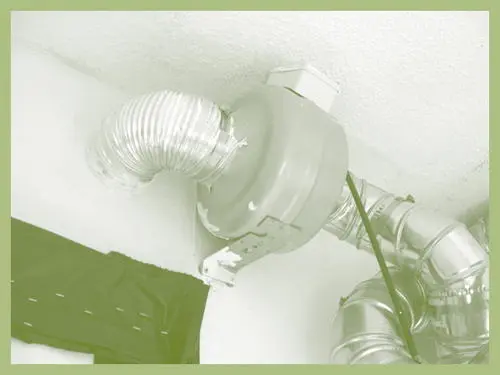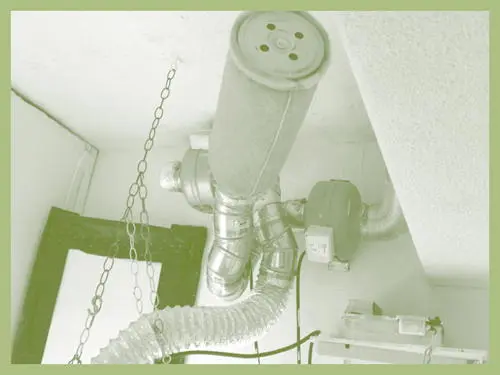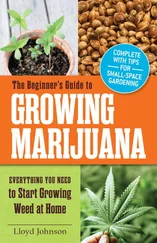| Number of Plants |
Fewer than 8 |
Up to 16 |
From 8 to 16 |
| Light |
400-watt halide |
400-watt sodium |
1,000-watt halide |
1,000-watt sodium |
LED |
| Best for |
Vegetative growth |
Flowering growth |
Vegetative growth |
Flowering growth |
Vegetative growth |
| Pros |
Generates less heat than a 1,000-watt halide |
Generates less heat than a 1,000-watt sodium |
Best lamp available for growing vegetative plants |
Best lamp available for growing buds |
Comparable to halide lamps for growing vegetating plants but generates much less heat and requires much less electricity |
| Cons |
Grows plants more slowly than a 1,000-watt halide |
Grows plants more slowly than a 1,000-watt sodium |
Generates significant heat — lamps can burn flesh or explode if accidently broken or sprayed with cold water |
Generates significant heat — lamps can burn flesh or explode if accidently broken or sprayed with cold water |
Very expensive and there are lots of ineffective LED grow light systems |
| Approximate Cost |
$200 |
$200 |
$300 |
$300 |
$500–$1,000 for top of the line LED systems such as the 90-watt UFO or 540-watt Mothership brand |
Vent fans remove both moisture and heat from the grow room and pull fresh air into the growing chamber. Vent fans are necessary whenever you are placing a large number of plants in a single room. A few plants (five or six) scattered around your house or living room won’t need vent fans. But a lot of plants crammed into a small room will definitely need a fan that expels air through a dryer vent to a chimney, attic, or into another room.
The fan must be rated to remove a roomful of air every five minutes. The rating is shown on the box or on the fan itself. To calculate the volume of air in your grow room, multiply the height of the room by its width and length. For example, a 15’ × 15’ room with an 8’ ceiling will have a room volume of 1,800 cubic feet (15 × 15 × 8 = 1,800). Therefore, a room fan for this room must be rated to remove 1,800 cubic feet of air within five minutes. Fans are rated in CFM (cubic feet per minute), so to calculate the CFM you need, divide the room volume by five. Therefore, a vent fan for an 1,800-cubic-foot room must be rated for at least 360 CFM. The fan can be rated higher, and the healthiest indoor gardens I have seen use massive vent fans, such as those employed by renovation companies to dry out water-damaged houses. These fans need larger openings than a standard 4” dryer vent and are often vented into attics or up chimneys.

Installed vent fan

Charcoal air filter as part of a venting system
For fewer than 30 plants, the 4” centrifugal blower-style vent fans will suffice. They connect to dryer vents that run through the exterior walls. If a dryer vent is already in place and not being used, you can hook a length of 4” dryer vent hose between the vent and your grow room vent fan. If you need another dryer vent, they are easy to install. Rent a 4”-diameter hole saw at a tool rental shop (no way your home hand drill will do the job) and drill through your interior and exterior walls, making certain to avoid any 2” × 4” studs and electrical wires that might be running through the walls. For those of you who prefer not to do heavy work, hire a handyman to drill the hole for you. Then have him push a dryer vent tube, available at any hardware store, into the hole. The exterior end of the aluminum tube should have a flapper to prevent insects from entering, and the vent hose attaches to the interior end. To connect your vent fan to the dryer vent, use 4” vent pipes sold in hardware stores that connect together in sections rather than the polyester flexible vent hose with ridges along it. The ridges lessen the airflow and can create more noise than the metal pipe. It’s not a big deal if you use the flexible hose, but if possible use the smooth metal type. Another method is to vent the grow room air up a fireplace chimney if there is one. Install a sheet of plywood to cover the fireplace opening and cut a hole (usually 4” to 5” in diameter) into the plywood for the vent fan. Do not vent your pot garden into a floor water drain since the odor ends up in the sewer system, where city workers can smell it and trace it back to you.
Ideally, your grow room should be vented outdoors. Try to position the vent as far away as possible from neighbors who might smell your plants. If you are growing more than half a dozen plants, you can buy a charcoal filter, which will remove or disguise any odor from your garden before it is vented outside. You can also use an ozone generator to remove odors from a room, but it can be harmful to plants and people.
Grow rooms can also be vented into a catch basin such as a garage, attic, chimney, or adjacent room if necessary. Most garages are not sealed against the weather, and vented odors will dissipate into the outside atmosphere through cracks, crevices, and the opening of the garage door. If you have a well-sealed garage, open a window or leave the garage door open an inch at the bottom. If you are venting into an adjacent room, find some way of venting the room to the outside or another room. The moisture from your grow room will dissipate easily and rapidly in a hallway or a room that has no plants in it. Unless you have a large grow operation with over 30 plants, moisture buildup will not be a problem.
Heat buildup is more of a problem in most small grow rooms. The ideal temperature for a grow room is between 70 and 80 degrees Fahrenheit. I like to keep my grow garden at about 78 degrees. You’ll also need to monitor humidity, which should be at 50–60 percent for blooming plants and 60–70 percent for vegetative plants. (An electric thermometer/hygrometer, available for about $150 at hydroponics stores, will keep track of the high and low temperatures as well as the moisture levels in a grow room.) If venting fails to cool down your grow room to a maximum of 80 degrees Fahrenheit, you can use swamp coolers or preferably air conditioners to keep the room from overheating. Both will work but air conditioners cool better and also remove moisture whereas swamp coolers do not. Some stand-alone air conditioners work without venting kits and can just be placed in a room. The air conditioners I prefer have separate hoses for air intake and exhaust. They vent hot air from inside the room and draw cool air from outside the room and they don’t send any odor out.
The last use for fans is to encourage sturdy growth. Exercise fans will keep your plants healthy and their branches firm and strong. Keep your exercise and vent fans running 24 hours a day unless you are supplementing with CO 2, in which case use a timer to turn the vent fans off when the CO 2gas is turned on. I don’t recommend the use of CO 2in non-commercial gardens. The heat buildup in the room and the aggravation of lugging heavy CO 2tanks around are not worth the gains.
You can use vented light shades (hoods) to cool down a grow room in addition to vent fans. These airtight hoods enclose the top and sides of the lamp in aluminum and the side beneath the lightbulb with glass. Vent hoods are an inexpensive and efficient way to remove heat from a grow room, and they protect growers from the powerful lights that can cause serious burns. If there is only one 1,000-watt halide or sodium lightbulb in your grow room, you might not require anything more than one vent fan. In the case of a two-lamp 1,000-watt lighting system in a typical 12’ × 16’ room, you’ll need a vented hood for each lamp. The air inside the hood is vented through a 4” hose to anywhere outside the garden. A similar hose is positioned at the opposite side of the light hood and runs to another location outside the grow room, pulling fresh, cool air through the hood to cool the lamp. Because cooling air is drawn from outside of the grow room and runs through the sealed hooded lamp system, the exhaust has no odor. Very little heat escapes into the grow room from one of these vented lamp hoods, and you can actually touch the glass under the hood while the lamp is on without burning your hand.
Читать дальше














